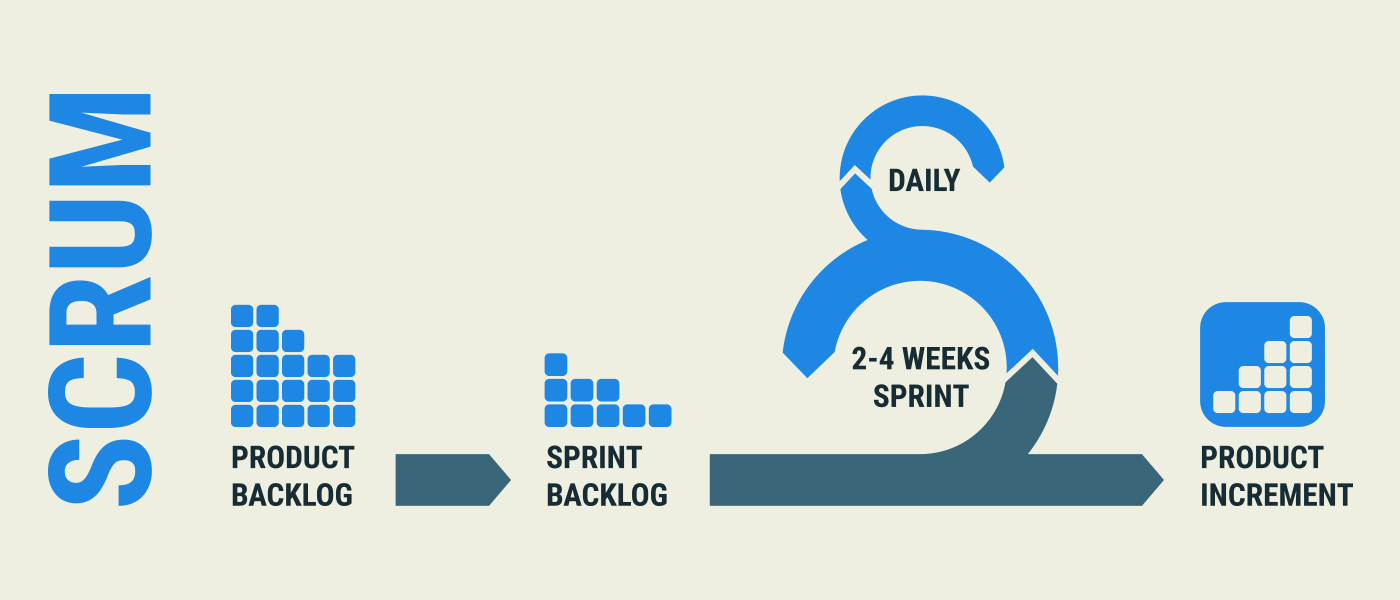Named after the tightly coordinated formation deployed in rugby, the Scrum framework was originally utilized for software development, although in recent times it has been successfully applied to business process management in several industries, notably online and digital businesses.

Defining Scrum Framework Workflows
The Scrum framework is used to implement an Agile agenda. The term Agile refers to a methodology that emphasizes free collaboration, team independence, and adaptability in the face of changing demands.
Scrum processes utilize client feedback and are broken into sprints that usually take place every two weeks and utilize clearly defined steps that focus on achievable goals. This iterative approach allows for greater flexibility in the face of changing client demands and emphasizes the importance of delivering working products at regular intervals.
Focus on Teams
At the core of the Scrum framework are human beings. The Adapt Solution emphasis on collaboration and teamwork means that the individuals that make up a team must act as a cohesive unit. For this reason, many experts in the field advise managers and Scrum team leaders to actively engage in team-building activities.
While Scrum games and informal interaction are a part of team building, clearly identifying each member’s role while at the same time prioritizing transparency so all team members have a vision of the end goal are equally important in fostering an environment that will generate tangible results.
Within the Scrum framework, it is also a good idea not to break up existing teams, barring extenuating circumstances.
Respect the Sprint
The sprint is the base unit of time in the Scrum framework and it is important to understand and respect the importance of this structural element. While every project is different, a general rule for sprint length is between 1 and 4 weeks, and never surpassing one month.
In some projects, there will be times when a sprint may contain more tasks that must be completed to move on, however it is important not to stretch sprints. It can be tempting to allow for more time, but breaking the rhythm of sprint cycles can have negative consequences, one of which can be setting a precedent of bending the rules of the framework where it is convenient.
Conversely, if all the goals of a sprint are achieved early it is important to stick with the schedule. It is better to come up with mini-goals that are linked to the original plan than to move on to the next sprint prematurely.
By sticking with the original timeframe, a steady rhythm can be created that will carry a team’s momentum and foster a more consistent workflow. These issues of time management are best discussed during the retrospective meetings that follow the completion of each sprint where shortcomings can be identified and the Scrum framework can be refined and improved.
Adapt Solution are experts in all areas of Scrum framework workflows. To find out more about our company, and how we can help your business, please click here. Alternatively, to know more about the services we offer, please visit our Services page by clicking here.





